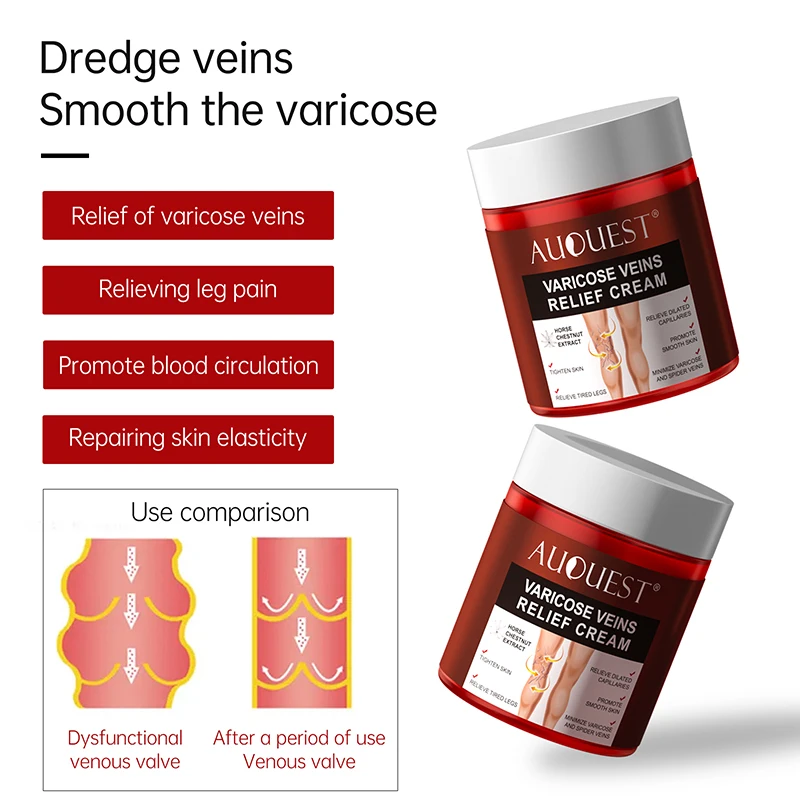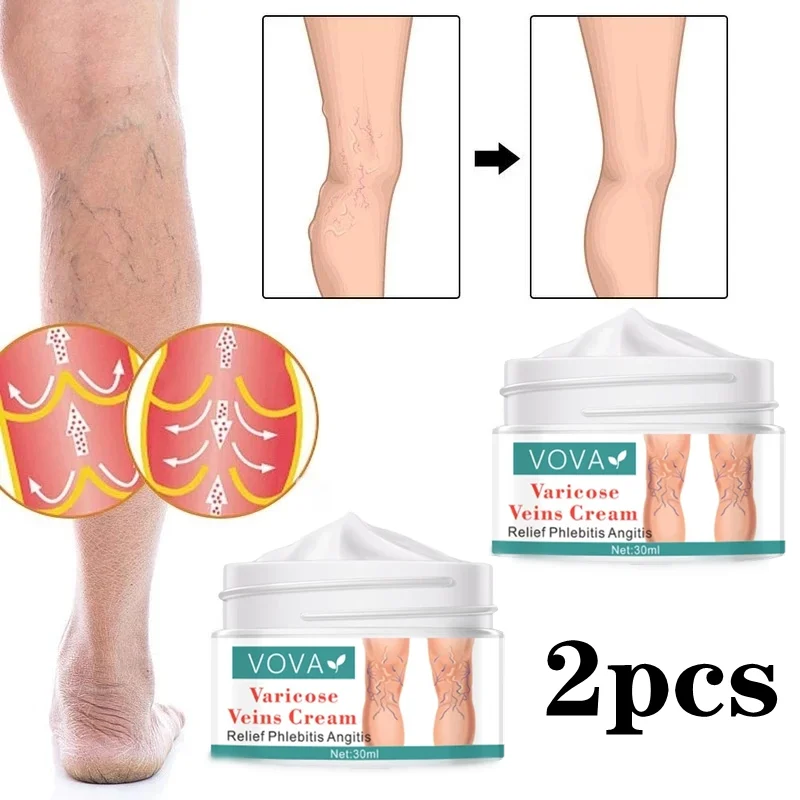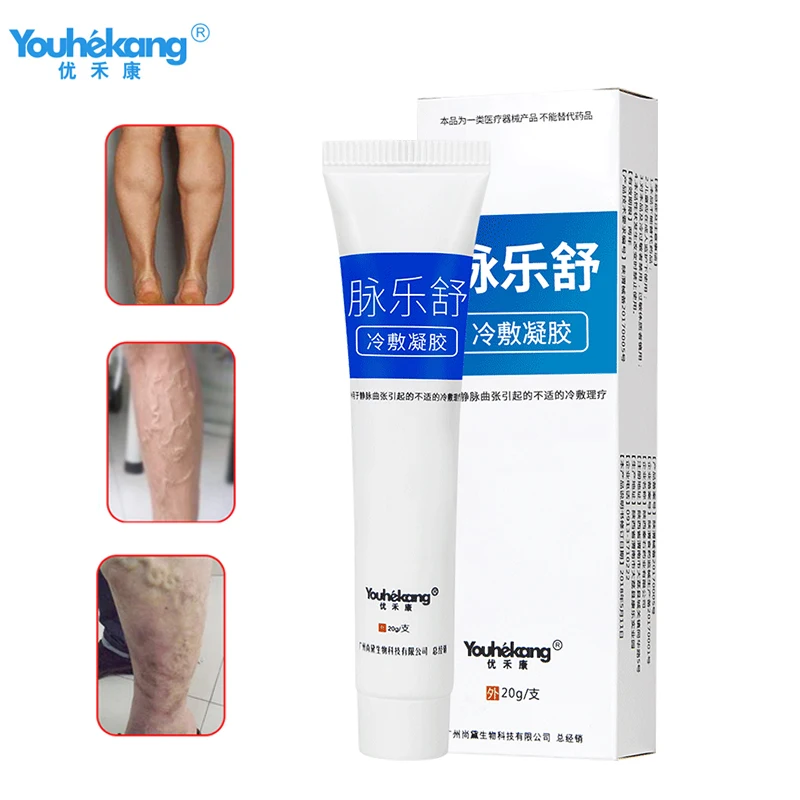Treatment for Phlebitis in Leg: A Comprehensive Overview of the Condition
What is phlebitis? Discover the symptoms, causes, and effective treatment options for this condition affecting the veins. Get the facts and insights you need.
Understanding Phlebitis: An Overview
Phlebitis is a medical condition characterized by the inflammation of a vein, typically occurring in the leg. This condition can be divided into two main types: superficial phlebitis and deep vein thrombophlebitis. Superficial phlebitis affects the veins on the skin’s surface, while deep vein thrombophlebitis involves the larger blood vessels, usually deep within the legs.
Causes of Phlebitis
Various factors can contribute to the development of phlebitis, including:
- Prolonged inactivity: Spending extended periods of time in bed, sitting, or on long flights can lead to the pooling of blood in the legs, increasing the risk of thrombus formation.
- Sedentary lifestyle: A lack of physical activity can also increase the risk of phlebitis.
- Obesity: Excess weight can be a contributing factor to the development of this condition.
- Smoking: Cigarette smoking can increase the clotting potential of the blood, leading to phlebitis.
- Certain medical conditions: Conditions that increase the clotting potential of the blood, such as cancer or blood disorders, can also increase the risk of phlebitis.
- Injury to the arms or legs: Trauma to the veins can increase the risk of developing phlebitis.
- Hormone replacement therapy or birth control pills: These medications can also contribute to the development of phlebitis.
- Pregnancy: The increased blood volume and pressure during pregnancy can lead to the formation of blood clots and phlebitis.
- Varicose veins: The presence of varicose veins can increase the likelihood of developing phlebitis.
Symptoms of Phlebitis
The symptoms of phlebitis can vary depending on the type of the condition:
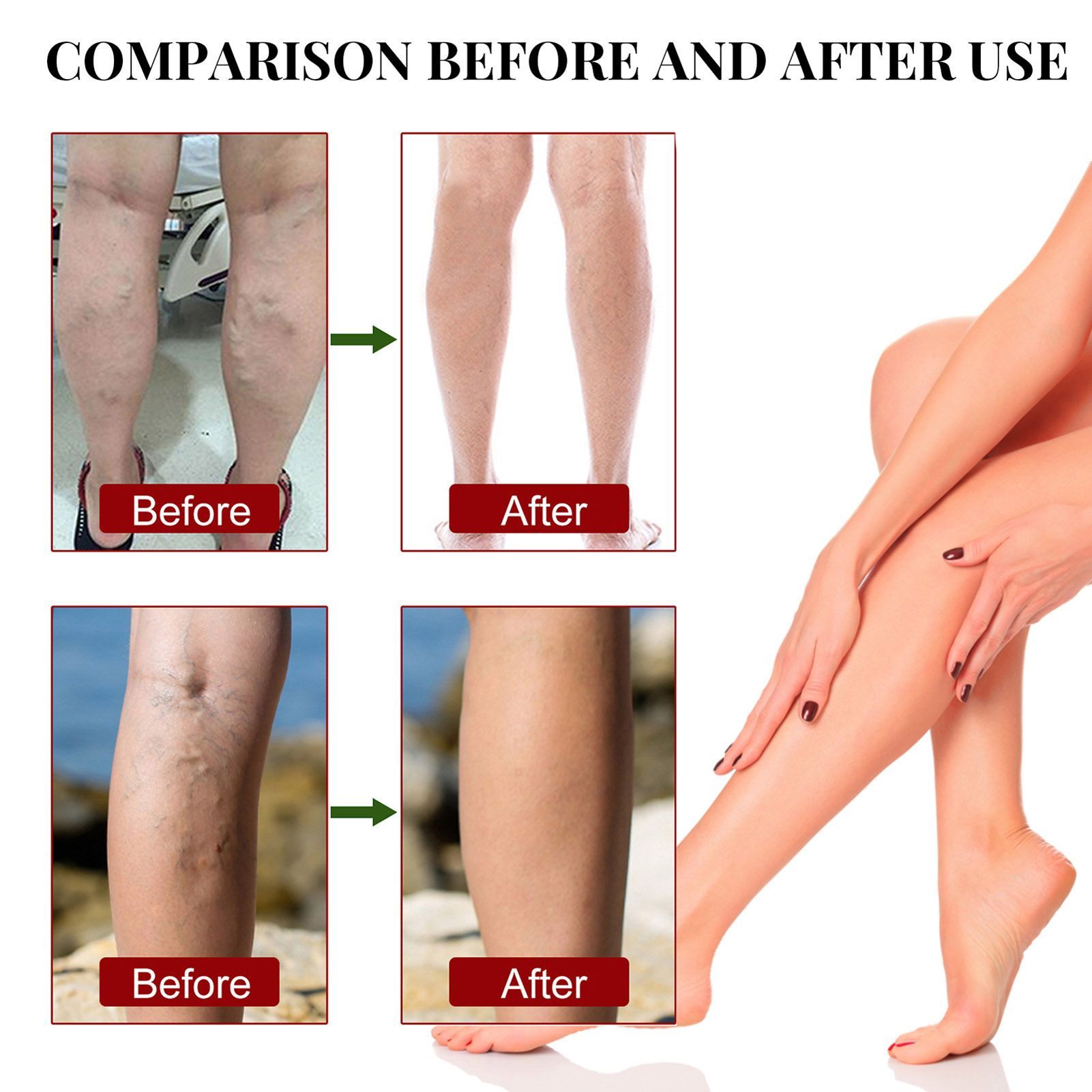
Superficial Phlebitis
- Slow onset of a tender, red area along the affected superficial vein
- A long, thin red area following the course of the superficial vein
- The affected area may feel hard, warm, and tender to the touch
- Itchiness and swelling around the vein
- Worsening of symptoms when the leg is lowered, especially in the morning
- Possible low-grade fever
- Soreness and tenderness around the area where an intravenous line was previously inserted
- If an infection is present, additional symptoms may include redness, fever, pain, swelling, or breakdown of the skin
Deep Vein Phlebitis
- Similar presentation to superficial phlebitis, but some individuals may not experience any symptoms
- Pain and swelling throughout the entire affected limb
- Fever due to a superimposed bacterial infection
- Skin discoloration or ulcers if the condition becomes chronic and was inadequately treated earlier
When to Seek Medical Care
It is important to seek medical attention if you experience any signs or symptoms of phlebitis, such as swelling, pain, and inflamed superficial veins on the arms or legs. If the condition does not improve within a week or two, or if it worsens, it is crucial to get reevaluated to rule out a more serious condition.

Deep vein thrombophlebitis requires immediate medical care. If you experience high fever, lumps in the leg, severe pain and swelling in an arm or leg, or new, unexplained shortness of breath, seek emergency medical attention as these could be signs of a potentially life-threatening condition.
Diagnostic Procedures
Your healthcare provider will examine you and ask about your symptoms to help diagnose phlebitis. They may also order the following tests:
- D-dimer test: This blood test measures a substance that is released as a blood clot dissolves. A negative result, in the absence of risk factors, can help rule out the presence of a blood clot.
- Ultrasound: This non-invasive test uses a handheld probe to identify blood clots and blockages in the larger, more proximal veins.
- Venogram: This invasive procedure involves injecting X-ray dye or contrast material into a vein on the foot, allowing for the visualization of blood flow in the smaller, more distal veins.
Treatment Options
The treatment for phlebitis depends on the type and severity of the condition:
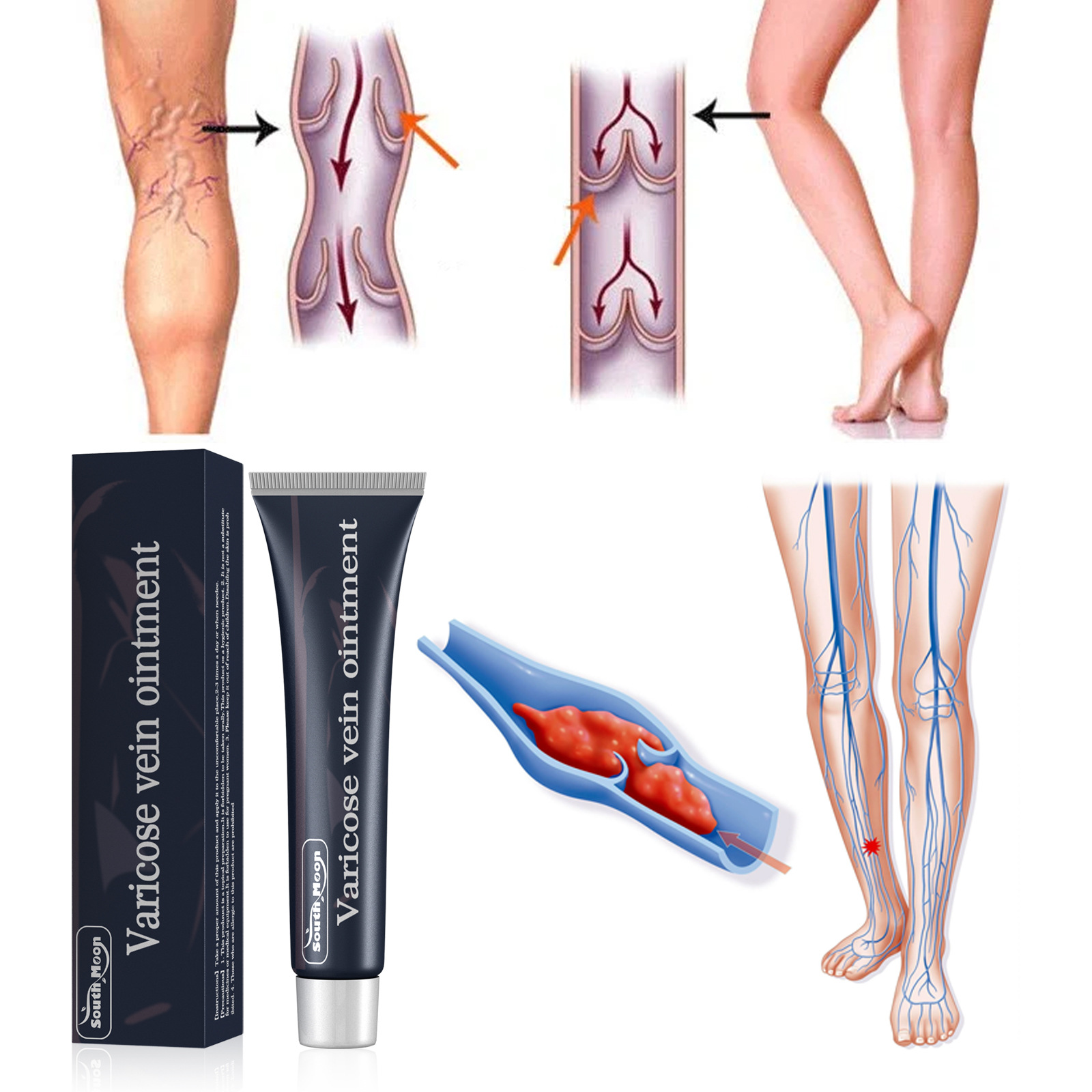
Self-Care at Home
- Anti-inflammatory medications, such as aspirin or ibuprofen, can help reduce pain and inflammation associated with superficial phlebitis.
- Increasing physical activity and walking can help improve blood flow and prevent the formation of blood clots.
Medical Treatment
- For deep vein thrombophlebitis, anticoagulant medications may be prescribed to prevent the clot from growing or breaking off and traveling to the lungs (pulmonary embolism).
- In more severe cases, compression stockings or other compression devices may be used to help improve blood flow and reduce swelling.
- In some instances, thrombolytic (clot-dissolving) medications or surgical interventions may be necessary to remove the clot.
Outlook and Prevention
The prognosis for phlebitis can vary depending on the type and severity of the condition. Superficial phlebitis is generally less serious and can often be managed with proper self-care and treatment. Deep vein thrombophlebitis, on the other hand, can be more serious and requires prompt medical attention to prevent potentially life-threatening complications, such as a pulmonary embolism.
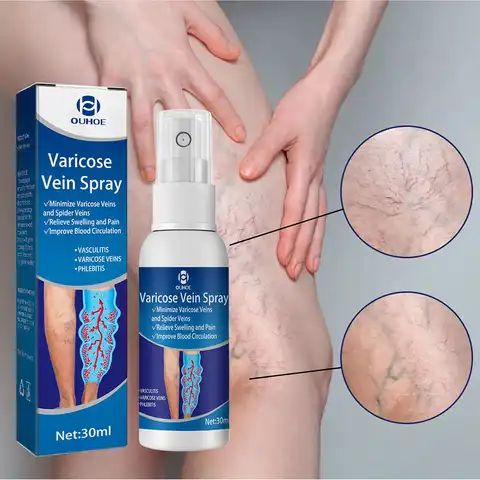
To help prevent the development of phlebitis, it is important to maintain an active lifestyle, avoid prolonged periods of inactivity, maintain a healthy weight, and manage any underlying medical conditions that may increase the risk of blood clots. Seeking prompt medical attention for any signs or symptoms of phlebitis is also crucial for proper diagnosis and timely treatment.
What is Phlebitis: Symptoms, Causes and Treatment
Written by WebMD Editorial Contributors
- Phlebitis Overview
- Phlebitis Causes
- Phlebitis Symptoms
- When to Seek Medical Care
- Exams and Tests
- Phlebitis Treatment Self-Care at Home
- Medical Treatment
- Next Steps Outlook
- Multimedia
- Synonyms and Keywords
- More
Phlebitis (fle-BYE-tis) means inflammation of a vein. Thrombophlebitis is due to one or more blood clots in a vein that cause inflammation. Thrombophlebitis usually occurs in leg veins, but it may occur in an arm or other parts of the body. The thrombus in the vein causes pain and irritation and may block blood flow in the veins. Phlebitis can occur in both the surface (superficial) or deep veins.
- Superficial phlebitis affects veins on the skin surface. The condition is rarely serious and, with proper care, usually resolves rapidly. Sometimes people with superficial phlebitis also get deep vein thrombophlebitis, so a medical evaluation is necessary.

- Deep vein thrombophlebitis affects the larger blood vessels, usually deep in the legs. Large blood clots can form, which may break off and travel to the lungs. This is a serious condition called pulmonary embolism.
Superficial phlebitis can be a complication due to a medical or surgical procedure.
Injury to a vein increases the risk of forming a blood clot. Sometimes clots occur without an injury. Some risk factors for thrombophlebitis include the following:
- Prolonged inactivity – Staying in bed or sitting for many hours, as in a car or on an airplane, creating stagnant or slow flow of blood from the legs in a dependent position (This pooling of blood in the legs leads to thrombus formation.)
- Sedentary lifestyle – Not getting any exercise
- Obesity
- Smoking cigarettes
- Certain medical conditions, such as cancer or blood disorders, that increase the clotting potential of the blood
- Injury to your arms or legs
- Hormone replacement therapy or birth control pills
- Pregnancy
- Varicose veins
Superficial phlebitis
There is usually a slow onset of a tender red area along the superficial veins on the skin. A long, thin red area may be seen as the inflammation follows a superficial vein. This area may feel hard, warm, and tender. The skin around the vein may be itchy and swollen. The area may begin to throb or burn.
A long, thin red area may be seen as the inflammation follows a superficial vein. This area may feel hard, warm, and tender. The skin around the vein may be itchy and swollen. The area may begin to throb or burn.
Symptoms may be worse when the leg is lowered, especially when first getting out of bed in the morning. A low-grade fever may occur. Sometimes phlebitis may occur where a peripheral intravenous line was started. The surrounding area may be sore and tender along the vein.
If an infection is present, symptoms may include redness, fever, pain, swelling, or breakdown of the skin.
Deep vein phlebitis
This can be similar in presentation to superficial phlebitis, but some people may have no symptoms.
One may have pain and swelling throughout the entire limb. For example, the lower leg may swell for no apparent reason. Some people also get fever from a superimposed bacterial infection and skin discoloration or ulcers if the condition becomes chronic and was inadequately treated earlier.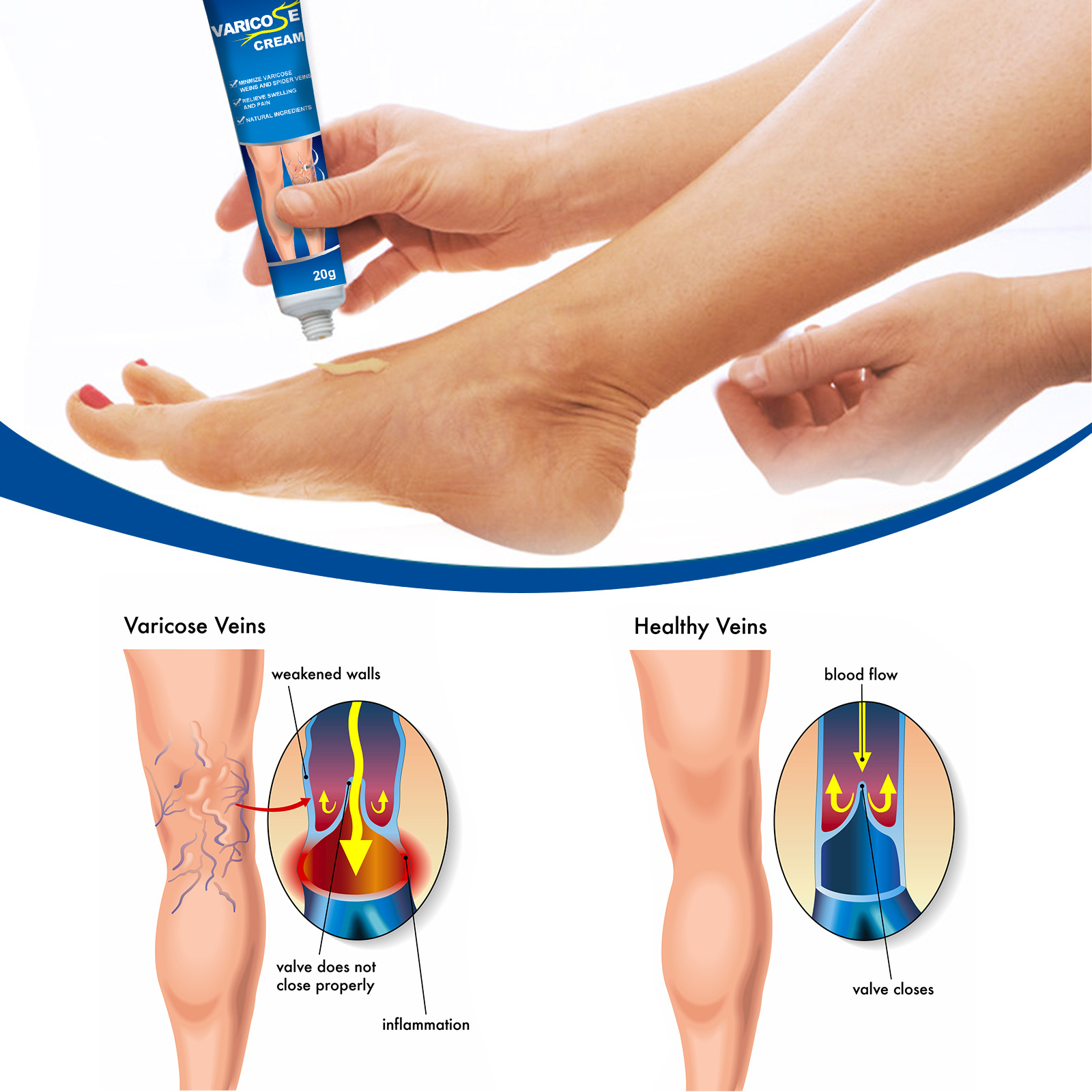
Call your health care provider if you have signs and symptoms of swelling, pain, and inflamed superficial veins on the arms or legs. If you are not better in a week or two or if it gets any worse, get reevaluated to make sure you don’t have a more serious condition.
Deep vein thrombophlebitis requires immediate medical care. If you have any of these signs and symptoms, go to a hospital emergency department for evaluation:
- High fever with any symptoms in an arm or leg
- Lumps in a leg
- Severe pain and swelling in an arm or leg
- New, unexplained shortness of breath, which could be the first tip-off that a blood clot has already traveled to your lung; call 911if you are having trouble breathing.
Your health care provider will examine you and ask questions about your symptoms.
D-dimer is a blood test that measures a substance that is released as a blood clot dissolves. If this blood test is negative, and you have no risk factors, then it is unlikely that you have a blood clot.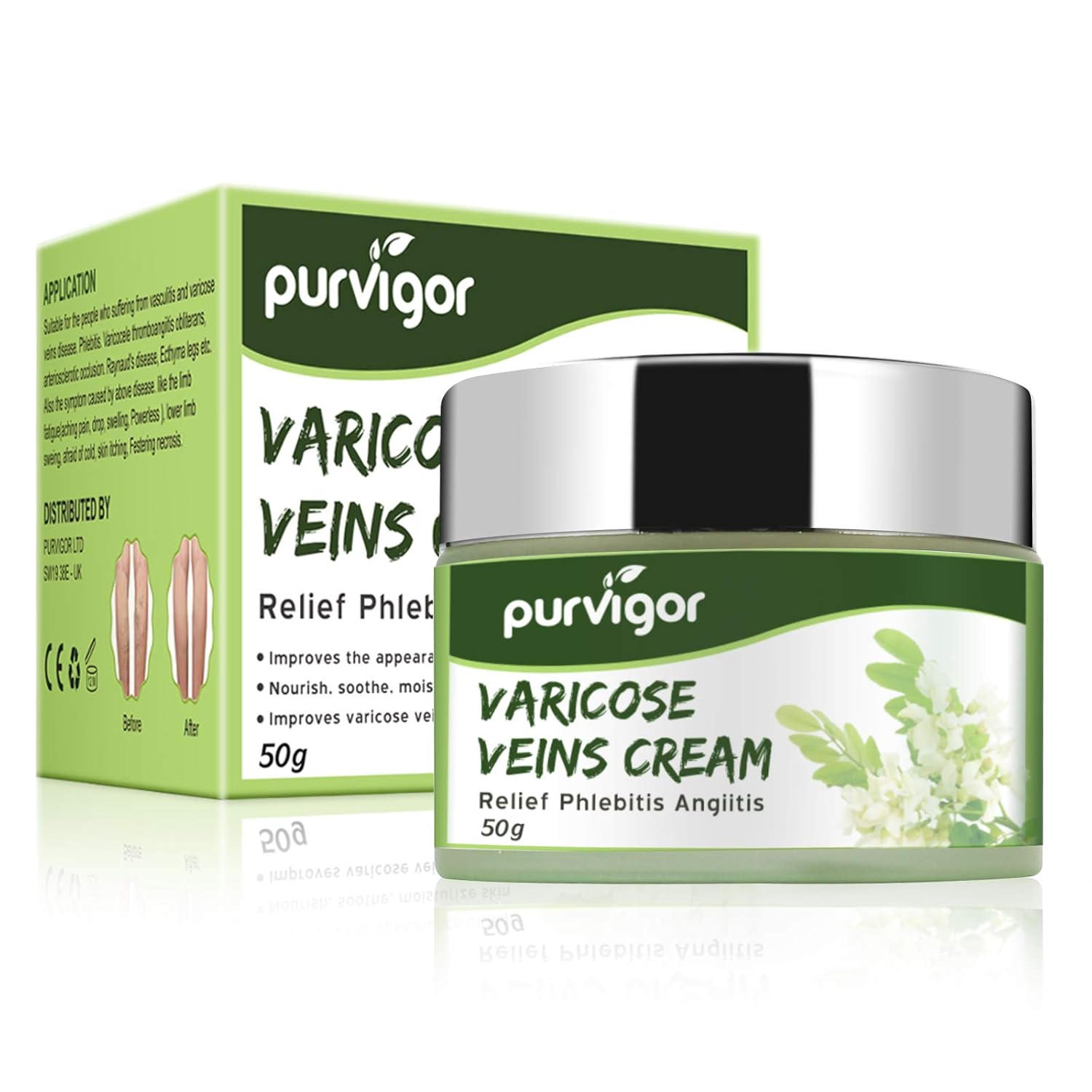
Ultrasound can detect clots or blockage of blood flow, especially in larger, more proximal (upper leg) veins. A small hand-held instrument (probe) is pressed against your skin to help identify blood clots and where the obstruction is. This is a painless, noninvasive test.
Occasionally a venogram is needed to identify blood clots in the smaller, more distal veins. This is an invasive procedure that requires injecting X-ray dye or contrast material into a vein on the foot, then an X-ray is taken of the flow of the dye up the leg.
An anti-inflammatory drug, such as aspirin or ibuprofen, can help lessen the pain and inflammation of superficial phlebitis. But check with your doctor first.
If you increase your walking, you increase blood flow. This helps prevent blood clots from developing.
Prescription leg compression stockings (knee or thigh high) improve your blood flow and may help to relieve your pain and swelling.
Avoid bed rest for prolonged periods. It can make your symptoms worse.
It can make your symptoms worse.
If you have deep vein thrombophlebitis, you may need to stay in the hospital for a few days for diagnosis and treatment to ensure that no complications occur.
If your evaluation shows superficial phlebitis and you are otherwise healthy, you can likely go home. You will need to use compression stockings and probably anti-inflammatory medications to control your symptoms. Additional management involves elevation of the arm/leg and application of warm compresses. Only a few cases require antibiotics.
If you have a history of deep vein thrombophlebitis, or if the phlebitis might possibly spread to the deep veins, you will need to take a blood thinner (anticoagulant). The duration of anticoagulant treatment is usually between 3-6 months or 3-12 months if this is the first time you’ve had DVT.
If you have signs of infection, you will need to take an antibiotic.
If the superficial phlebitis has progressed to involve the deep veins, then it is a serious condition that may even require hospital admission for treatment and further evaluation.
Phlebitis in the superficial veins is rarely serious and usually responds to pain control, elevation, and warm compresses for 1-2 weeks.
Media file 1: Superficial and deep vein systems in the leg.
phlebitis, blood clot in the arm, blood clot in the leg, deep venous thrombophlebitis, thrombophlebitis, superficial vein thrombophlebitis, superficial phlebitis, thrombus, inflammation of a vein, deep vein thrombophlebitis
Top Picks
What is Phlebitis: Symptoms, Causes and Treatment
Written by WebMD Editorial Contributors
- Phlebitis Overview
- Phlebitis Causes
- Phlebitis Symptoms
- When to Seek Medical Care
- Exams and Tests
- Phlebitis Treatment Self-Care at Home
- Medical Treatment
- Next Steps Outlook
- Multimedia
- Synonyms and Keywords
- More
Phlebitis (fle-BYE-tis) means inflammation of a vein.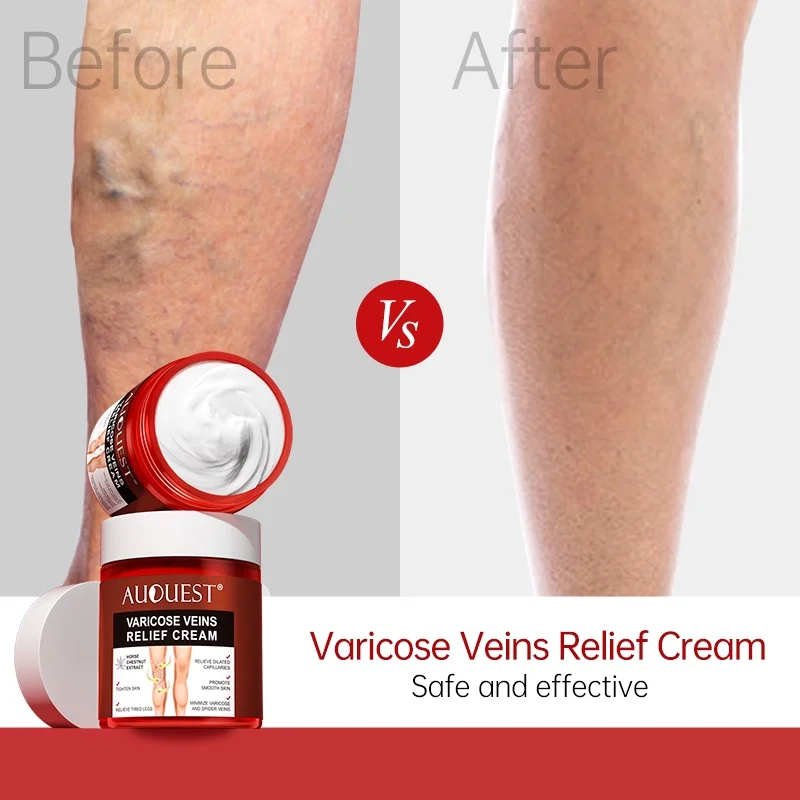 Thrombophlebitis is due to one or more blood clots in a vein that cause inflammation. Thrombophlebitis usually occurs in leg veins, but it may occur in an arm or other parts of the body. The thrombus in the vein causes pain and irritation and may block blood flow in the veins. Phlebitis can occur in both the surface (superficial) or deep veins.
Thrombophlebitis is due to one or more blood clots in a vein that cause inflammation. Thrombophlebitis usually occurs in leg veins, but it may occur in an arm or other parts of the body. The thrombus in the vein causes pain and irritation and may block blood flow in the veins. Phlebitis can occur in both the surface (superficial) or deep veins.
- Superficial phlebitis affects veins on the skin surface. The condition is rarely serious and, with proper care, usually resolves rapidly. Sometimes people with superficial phlebitis also get deep vein thrombophlebitis, so a medical evaluation is necessary.
- Deep vein thrombophlebitis affects the larger blood vessels, usually deep in the legs. Large blood clots can form, which may break off and travel to the lungs. This is a serious condition called pulmonary embolism.
Superficial phlebitis can be a complication due to a medical or surgical procedure.
Injury to a vein increases the risk of forming a blood clot.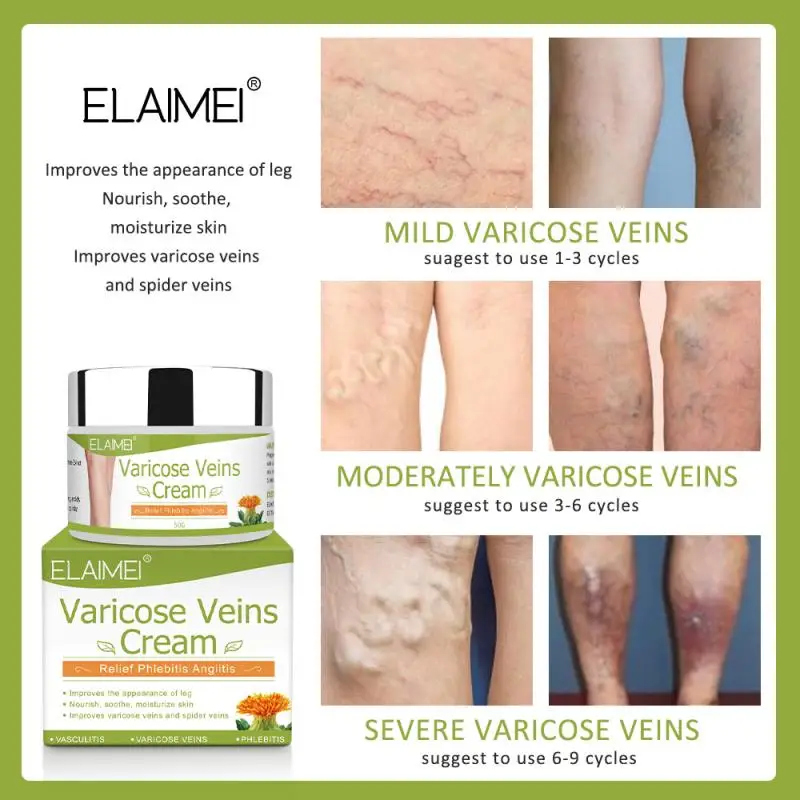 Sometimes clots occur without an injury. Some risk factors for thrombophlebitis include the following:
Sometimes clots occur without an injury. Some risk factors for thrombophlebitis include the following:
- Prolonged inactivity – Staying in bed or sitting for many hours, as in a car or on an airplane, creating stagnant or slow flow of blood from the legs in a dependent position (This pooling of blood in the legs leads to thrombus formation.)
- Sedentary lifestyle – Not getting any exercise
- Obesity
- Smoking cigarettes
- Certain medical conditions, such as cancer or blood disorders, that increase the clotting potential of the blood
- Injury to your arms or legs
- Hormone replacement therapy or birth control pills
- Pregnancy
- Varicose veins
Superficial phlebitis
There is usually a slow onset of a tender red area along the superficial veins on the skin. A long, thin red area may be seen as the inflammation follows a superficial vein. This area may feel hard, warm, and tender. The skin around the vein may be itchy and swollen. The area may begin to throb or burn.
The area may begin to throb or burn.
Symptoms may be worse when the leg is lowered, especially when first getting out of bed in the morning. A low-grade fever may occur. Sometimes phlebitis may occur where a peripheral intravenous line was started. The surrounding area may be sore and tender along the vein.
If an infection is present, symptoms may include redness, fever, pain, swelling, or breakdown of the skin.
Deep vein phlebitis
This can be similar in presentation to superficial phlebitis, but some people may have no symptoms.
One may have pain and swelling throughout the entire limb. For example, the lower leg may swell for no apparent reason. Some people also get fever from a superimposed bacterial infection and skin discoloration or ulcers if the condition becomes chronic and was inadequately treated earlier.
Call your health care provider if you have signs and symptoms of swelling, pain, and inflamed superficial veins on the arms or legs. If you are not better in a week or two or if it gets any worse, get reevaluated to make sure you don’t have a more serious condition.
If you are not better in a week or two or if it gets any worse, get reevaluated to make sure you don’t have a more serious condition.
Deep vein thrombophlebitis requires immediate medical care. If you have any of these signs and symptoms, go to a hospital emergency department for evaluation:
- High fever with any symptoms in an arm or leg
- Lumps in a leg
- Severe pain and swelling in an arm or leg
- New, unexplained shortness of breath, which could be the first tip-off that a blood clot has already traveled to your lung; call 911if you are having trouble breathing.
Your health care provider will examine you and ask questions about your symptoms.
D-dimer is a blood test that measures a substance that is released as a blood clot dissolves. If this blood test is negative, and you have no risk factors, then it is unlikely that you have a blood clot.
Ultrasound can detect clots or blockage of blood flow, especially in larger, more proximal (upper leg) veins.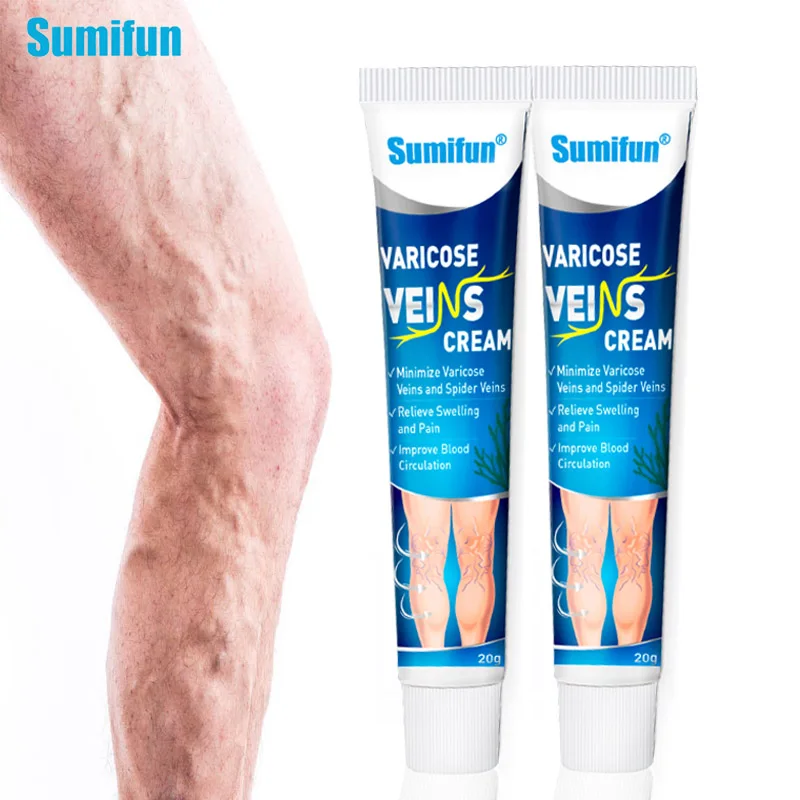 A small hand-held instrument (probe) is pressed against your skin to help identify blood clots and where the obstruction is. This is a painless, noninvasive test.
A small hand-held instrument (probe) is pressed against your skin to help identify blood clots and where the obstruction is. This is a painless, noninvasive test.
Occasionally a venogram is needed to identify blood clots in the smaller, more distal veins. This is an invasive procedure that requires injecting X-ray dye or contrast material into a vein on the foot, then an X-ray is taken of the flow of the dye up the leg.
An anti-inflammatory drug, such as aspirin or ibuprofen, can help lessen the pain and inflammation of superficial phlebitis. But check with your doctor first.
If you increase your walking, you increase blood flow. This helps prevent blood clots from developing.
Prescription leg compression stockings (knee or thigh high) improve your blood flow and may help to relieve your pain and swelling.
Avoid bed rest for prolonged periods. It can make your symptoms worse.
If you have deep vein thrombophlebitis, you may need to stay in the hospital for a few days for diagnosis and treatment to ensure that no complications occur.
If your evaluation shows superficial phlebitis and you are otherwise healthy, you can likely go home. You will need to use compression stockings and probably anti-inflammatory medications to control your symptoms. Additional management involves elevation of the arm/leg and application of warm compresses. Only a few cases require antibiotics.
If you have a history of deep vein thrombophlebitis, or if the phlebitis might possibly spread to the deep veins, you will need to take a blood thinner (anticoagulant). The duration of anticoagulant treatment is usually between 3-6 months or 3-12 months if this is the first time you’ve had DVT.
If you have signs of infection, you will need to take an antibiotic.
If the superficial phlebitis has progressed to involve the deep veins, then it is a serious condition that may even require hospital admission for treatment and further evaluation.
Phlebitis in the superficial veins is rarely serious and usually responds to pain control, elevation, and warm compresses for 1-2 weeks.
Media file 1: Superficial and deep vein systems in the leg.
phlebitis, blood clot in the arm, blood clot in the leg, deep venous thrombophlebitis, thrombophlebitis, superficial vein thrombophlebitis, superficial phlebitis, thrombus, inflammation of a vein, deep vein thrombophlebitis
Top Picks
what is it, treatment, symptoms, signs, causes, diagnosis
This disease is treated by Dermatologist-venereologist
The information provided on this page should not be used for self-treatment or self-diagnosis.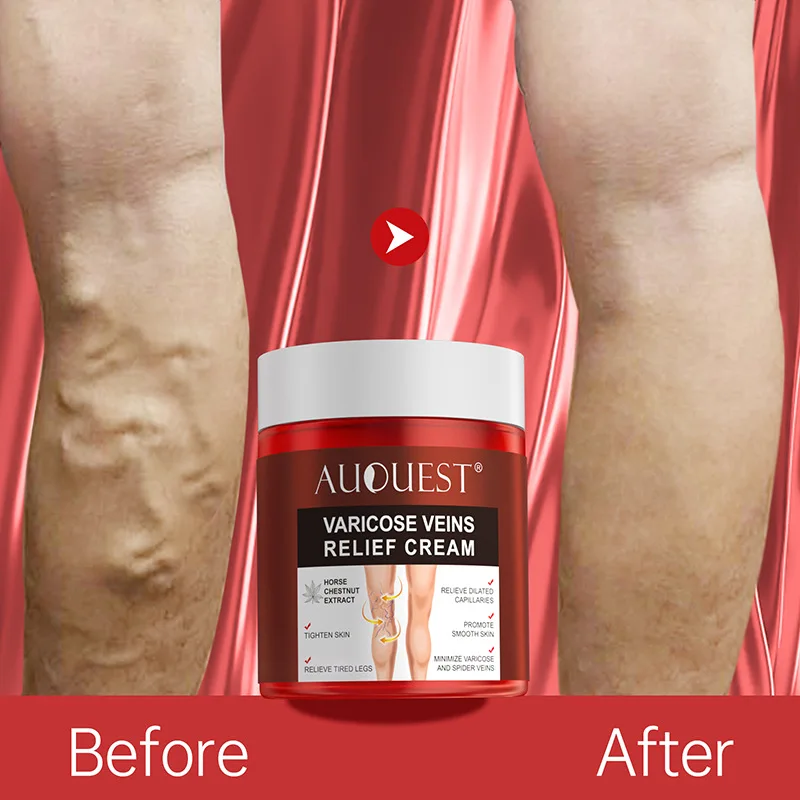 If you suspect a disease, you should seek help from a qualified specialist. Only your doctor can diagnose and prescribe treatment.
If you suspect a disease, you should seek help from a qualified specialist. Only your doctor can diagnose and prescribe treatment.
Article content:
- Causes
- Classification
- Symptoms of venous phlebitis
- Diagnostics
- Treatment of phlebitis
- Prophylaxis
- Complications
What is phlebitis?
Phlebitis is an inflammation of the venous wall. Most often, the disease is a consequence of varicose veins of the legs. It can occur in acute or chronic form. Pathology is rarely isolated.
As a result of inflammation, changes occur in the venous wall, which, if left untreated, lead to the formation of blood clots and the development of thrombophlebitis. To diagnose the disease to the doctor of the medical clinic, instrumental methods such as duplex scanning and ultrasound scan help. How to cure the disease? Clinical recommendations include physiotherapy and anti-inflammatory drugs.
Causes
The main causes of this pathological condition are:
1. Varicose veins.
2. Infections. The development of the disease can provoke viruses, bacteria, fungi. The most common causative agent is streptococcus. This is an opportunistic pathogen that is normally always present in the human body in small quantities. But with a decrease in immunity and the presence of optimal conditions, the bacterium begins to multiply intensively, provoking inflammation.
3. Allergic reaction.
4. Chemical or physical factors. An inflammatory reaction may occur in response to the introduction of a drug into a vein or be the result of an incorrect puncture when taking blood for analysis.
5. Pregnancy, difficult childbirth. During pregnancy, the vessels in the lower abdomen are compressed by the fetus, which leads to the development of congestion and can cause inflammation of the vein. During childbirth, a woman pushes hard, the pressure in the vessels increases, which can lead to damage and inflammation.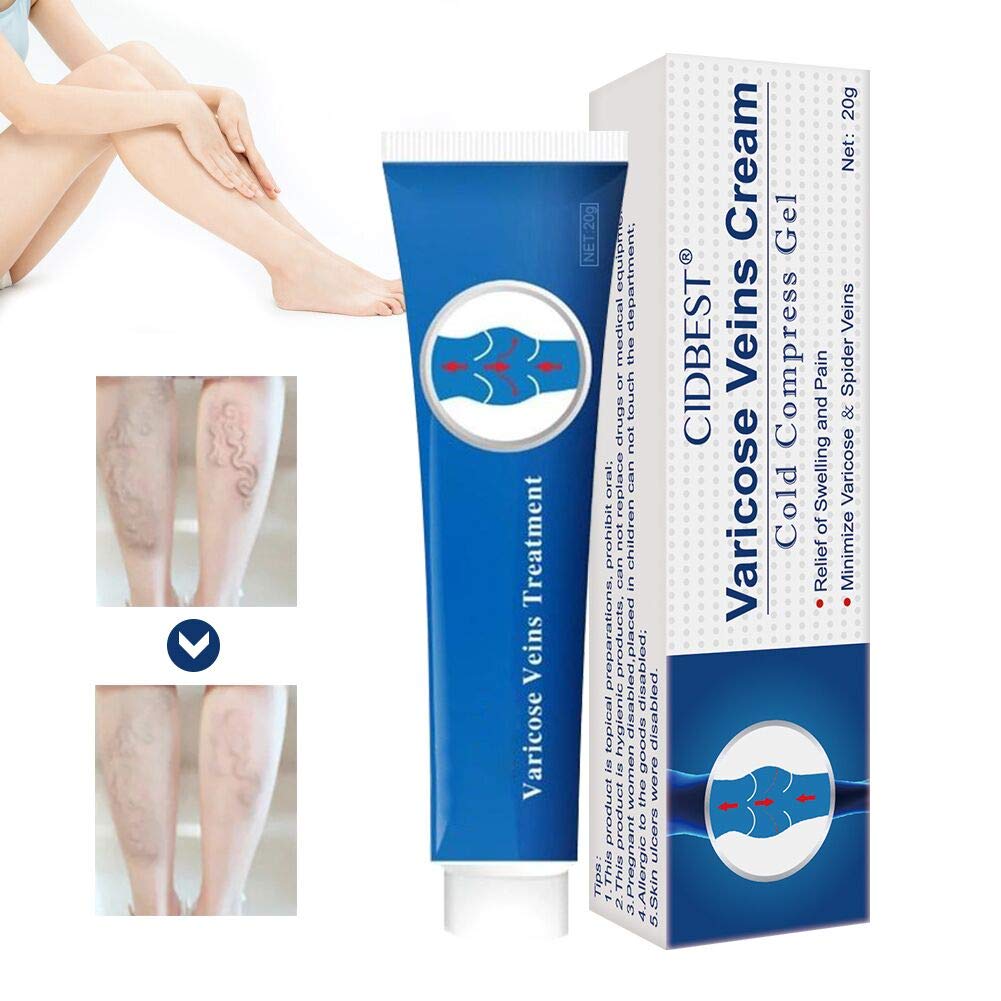
6. Other reasons. Inflammation can be provoked by a sedentary lifestyle, increased physical activity, obesity, bad habits, prolonged fixation of a limb in a fixed position in case of fractures Source:
Thrombophlebitis (superficial vein thrombosis): modern standards for diagnosis and treatment. Bogachev V.Yu., Boldin B.V., Jenina O.V., Lobanov V.N. Stationary-replacing technologies: Ambulatory Surgery, 2016. pp.16-23.
Depending on the etiology, the following types of phlebitis are distinguished:
1. Against the background of varicose veins.
2. Not associated with varicose veins:
- allergic – is a consequence of the pathological reaction of the veins to the allergen;
- post-injection – occurs due to mechanical injury or irritation of the vessel wall by the injected chemical, accompanied by hyperemia and pain at the site of inflammation.
According to localization, the following types of phlebitis are distinguished:
- penis;
- portal vein;
- hand veins;
- cerebral;
- migratory.

In addition, the following forms of phlebitis are distinguished:
- primary – the inflammatory process begins directly in the veins;
- secondary – systemic inflammation, usually caused by pathogenic microflora.
According to the location in the vein, the following forms of the disease are distinguished:
- periphlebitis – inflamed outer shell;
- endophlebitis – the inner shell is affected;
- panphlebitis – all the membranes of the veins become inflamed.
Symptoms of venous phlebitis
What does phlebitis look like? Clinical signs of the disease depend on its type and form.
When the superficial veins are affected, the following clinical picture is observed:
- the affected vein becomes very painful, tense;
- red stripes appear on the skin along the course of the vessel;
- the skin in the lesion is hot, red, indurated.
Acute and chronic inflammation of deep veins are manifested by the following clinical signs:
- edema, pain in the foci of inflammation;
- General increase in body temperature of the patient;
- milky white skin tone.

The following symptoms are observed in case of damage to cerebral vessels:
- increased pressure;
- headaches of various localization;
- neurological syndrome.
Diagnosis
A preliminary diagnosis is made at the first appointment, based on the patient’s questioning and examination. Additional examinations may be prescribed for its confirmation and differential diagnosis:
- blood tests;
- USG of affected veins;
- duplex scanning of arteries and veins of extremities.
Based on the results of these studies, a final diagnosis is made, pathologies with similar symptoms are excluded, the causes of the disease and the exact localization of the inflammatory process are established.
Treatment of phlebitis
How to treat phlebitis? The doctor develops a therapy regimen individually for each patient, depending on the cause of inflammation, the severity of the pathological process, age, and characteristics of the patient’s body.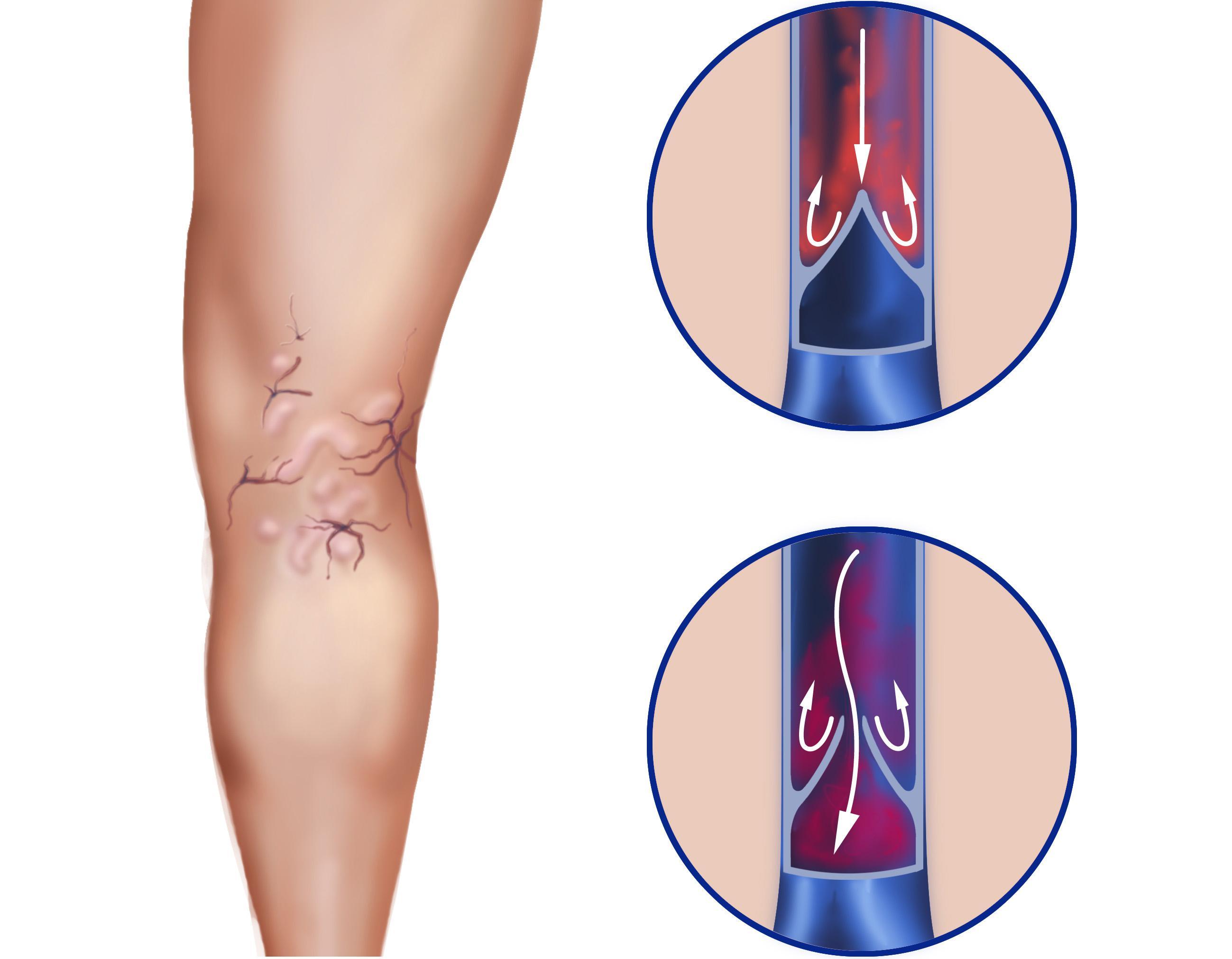
The following groups of drugs are most often prescribed:
- NSAIDs;
- antihistamines;
- blood thinners;
- vein health products;
- analgesics;
- anti-clotting agents;
- antibacterial preparations.
External treatment includes the use of special anti-inflammatory ointments. If the disease occurs after unsuccessful injections, then various ointment and alcohol dressings are used as auxiliary medicines. Physiotherapy techniques give a good effect.
Most of the patients are treated at home, only people with severe forms are admitted to the hospital. The affected limb must be kept calm. It is recommended to wear elastic bandages, compression stockings. In some forms of the disease, symptomatic drug therapy is performed, which includes taking NSAIDs and applying compresses to the affected areas to relieve inflammation and pain, prevent complications and exacerbations.
How is pathology treated if conservative therapy fails? Surgical intervention is rarely required, in extreme cases. Most often, these are emergency operations for the intersection and ligation of the saphenous vein, the planned removal of an irreversibly changed vein.
Most often, these are emergency operations for the intersection and ligation of the saphenous vein, the planned removal of an irreversibly changed vein.
If purulent inflammation occurs after an unsuccessful injection, as well as with severe damage to deep veins, the development of thrombophlebitis is also indicated for surgical intervention. Source:
Standard of care for patients with phlebitis and thrombophlebitis. Problems of standardization in health care No. 7, 2007. pp. 46-51.
COSMETOLOGY HARDWARE IN THE SM-CLINIC
• InMode multifunctional platform from the Israeli company INMODE Aesthetic Solution combines RF, laser and IPL technologies. Multiple nozzles allow you to achieve a variety of results – from the elimination of age spots and blood vessels to intimate rejuvenation and weight correction.
• HELEO (Photodynamic Therapy) is a cosmetic procedure that allows you to solve many skin problems such as acne, post-acne, hyperpigmentation, fine lines and others. During it, the healing and healing potential of light waves is used.
During it, the healing and healing potential of light waves is used.
• NeoGen is the latest equipment for skin treatment and rejuvenation using nitrogen plasma. It is patented and has no analogues in the world, thanks to which it is successfully used in the correction of many aesthetic problems, such as plasma rejuvenation, lifting, scar correction, acne, rosacea, dermatitis, fungal infections and others.
Prevention
0007
- proper nutrition;
- giving up a sedentary lifestyle;
- regular sanitation of foci of chronic infection in the body;
- strengthening of immune protection;
- quitting smoking, alcohol abuse, drugs;
- physical education classes;
- prevention of influenza and SARS;
- regular preventive examinations will help to identify possible pathological changes at an early stage, which will greatly facilitate treatment and improve the prognosis.
Complications
Inflammatory process in the veins reduces the patient’s quality of life, as pain causes limitation of mobility.
If untreated, the following complications may develop:
- abscess;
- thrombosis, thrombophlebitis;
- chronic venous insufficiency;
- obstruction by a pulmonary artery thrombus.
The most dangerous complication is venous thrombosis. The likelihood of its development increases with age. If you do not help a person in time, then a blood clot can come off, clog the lumen of a large vessel, which can cause death.
- Thrombophlebitis (superficial vein thrombosis): current standards for diagnosis and treatment. Bogachev V.Yu., Boldin B.V., Jenina O.V., Lobanov V.N. Hospital-replacing technologies: Ambulatory surgery, 2016. p.16-23
- Standard of care for patients with phlebitis and thrombophlebitis. Problems of standardization in health care №7, 2007. p.46-51
Article published on : 09/02/2016
Last updated : 02/01/2023
See also
Phlebopathy
Ichthyosis
Athlete’s groin
what is it, treatment, symptoms, signs, causes, diagnosis
This disease is treated by Dermatologist-venereologist
The information provided on this page should not be used for self-treatment or self-diagnosis.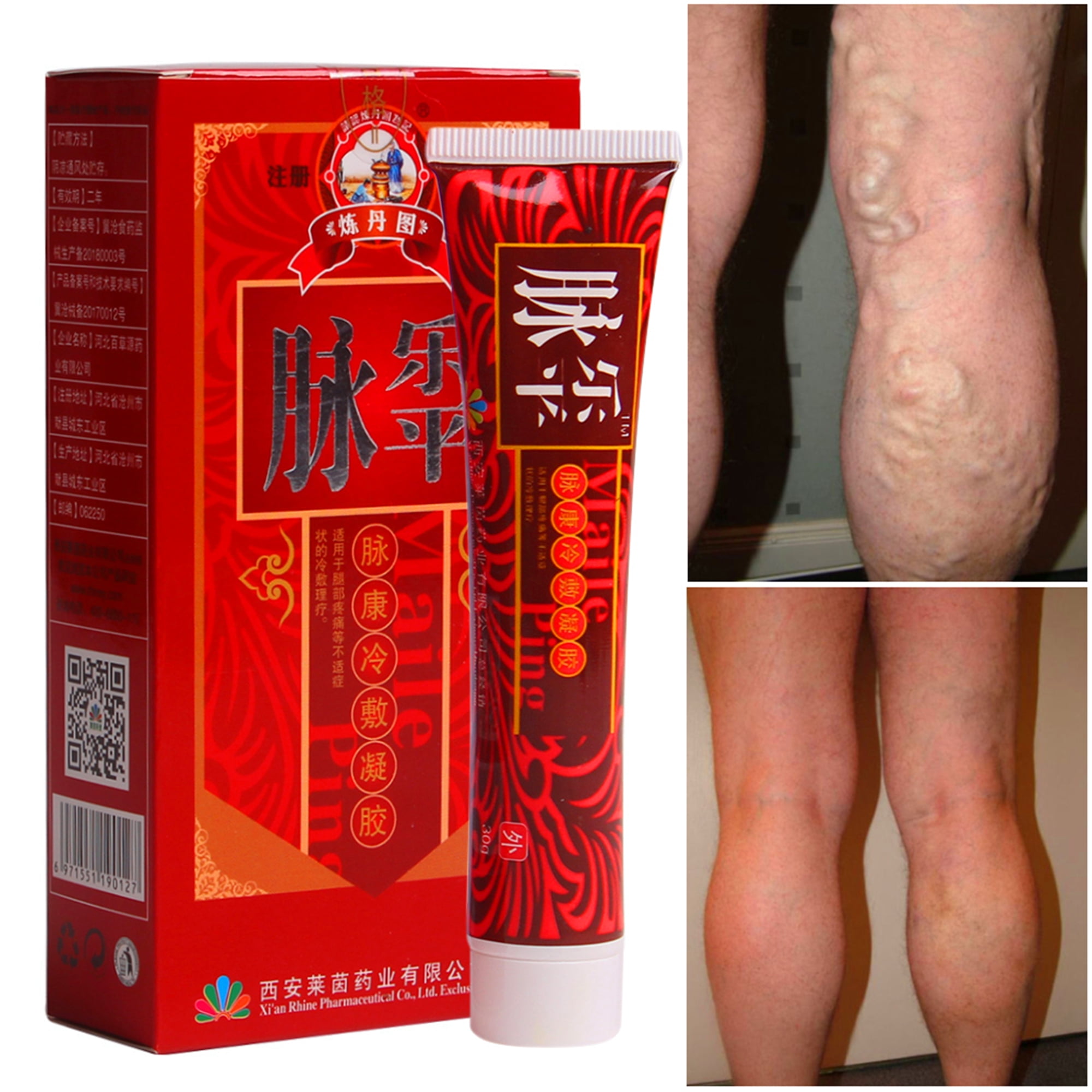 If you suspect a disease, you should seek help from a qualified specialist. Only your doctor can diagnose and prescribe treatment.
If you suspect a disease, you should seek help from a qualified specialist. Only your doctor can diagnose and prescribe treatment.
Article content:
- Causes
- Classification
- Symptoms of venous phlebitis
- Diagnostics
- Phlebitis treatment
- Prophylaxis
- Complications
What is phlebitis?
Phlebitis is an inflammation of the venous wall. Most often, the disease is a consequence of varicose veins of the legs. It can occur in acute or chronic form. Pathology is rarely isolated.
As a result of inflammation, changes occur in the venous wall, which, if left untreated, lead to the formation of blood clots and the development of thrombophlebitis. To diagnose the disease to the doctor of the medical clinic, instrumental methods such as duplex scanning and ultrasound scan help. How to cure the disease? Clinical recommendations include physiotherapy and anti-inflammatory drugs.
Causes
The main causes of this pathological condition are:
1. Varicose veins.
2. Infections. The development of the disease can provoke viruses, bacteria, fungi. The most common causative agent is streptococcus. This is an opportunistic pathogen that is normally always present in the human body in small quantities. But with a decrease in immunity and the presence of optimal conditions, the bacterium begins to multiply intensively, provoking inflammation.
3. Allergic reaction.
4. Chemical or physical factors. An inflammatory reaction may occur in response to the introduction of a drug into a vein or be the result of an incorrect puncture when taking blood for analysis.
5. Pregnancy, difficult childbirth. During pregnancy, the vessels in the lower abdomen are compressed by the fetus, which leads to the development of congestion and can cause inflammation of the vein. During childbirth, a woman pushes hard, the pressure in the vessels increases, which can lead to damage and inflammation.
6. Other reasons. Inflammation can be provoked by a sedentary lifestyle, increased physical activity, obesity, bad habits, prolonged fixation of a limb in a fixed position in case of fractures Source:
Thrombophlebitis (superficial vein thrombosis): modern standards for diagnosis and treatment. Bogachev V.Yu., Boldin B.V., Jenina O.V., Lobanov V.N. Stationary-replacing technologies: Ambulatory Surgery, 2016. pp.16-23.
Depending on the etiology, the following types of phlebitis are distinguished:
1. Against the background of varicose veins.
2. Not associated with varicose veins:
- allergic – is a consequence of the pathological reaction of the veins to the allergen;
- post-injection – occurs due to mechanical injury or irritation of the vessel wall by the injected chemical, accompanied by hyperemia and pain at the site of inflammation.
According to localization, the following types of phlebitis are distinguished:
- penis;
- portal vein;
- hand veins;
- cerebral;
- migratory.

In addition, the following forms of phlebitis are distinguished:
- primary – the inflammatory process begins directly in the veins;
- secondary – systemic inflammation, usually caused by pathogenic microflora.
According to the location in the vein, the following forms of the disease are distinguished:
- periphlebitis – inflamed outer shell;
- endophlebitis – the inner shell is affected;
- panphlebitis – all the membranes of the veins become inflamed.
Symptoms of venous phlebitis
What does phlebitis look like? Clinical signs of the disease depend on its type and form.
When the superficial veins are affected, the following clinical picture is observed:
- the affected vein becomes very painful, tense;
- red stripes appear on the skin along the course of the vessel;
- the skin in the lesion is hot, red, indurated.
Acute and chronic inflammation of deep veins are manifested by the following clinical signs:
- edema, pain in the foci of inflammation;
- General increase in body temperature of the patient;
- milky white skin tone.

The following symptoms are observed in case of damage to cerebral vessels:
- increased pressure;
- headaches of various localization;
- neurological syndrome.
Diagnosis
A preliminary diagnosis is made at the first appointment, based on the patient’s questioning and examination. Additional examinations may be prescribed for its confirmation and differential diagnosis:
- blood tests;
- USG of affected veins;
- duplex scanning of arteries and veins of extremities.
Based on the results of these studies, a final diagnosis is made, pathologies with similar symptoms are excluded, the causes of the disease and the exact localization of the inflammatory process are established.
Treatment of phlebitis
How to treat phlebitis? The doctor develops a therapy regimen individually for each patient, depending on the cause of inflammation, the severity of the pathological process, age, and characteristics of the patient’s body.
The following groups of drugs are most often prescribed:
- NSAIDs;
- antihistamines;
- blood thinners;
- vein health products;
- analgesics;
- anti-clotting agents;
- antibacterial preparations.
External treatment includes the use of special anti-inflammatory ointments. If the disease occurs after unsuccessful injections, then various ointment and alcohol dressings are used as auxiliary medicines. Physiotherapy techniques give a good effect.
Most of the patients are treated at home, only people with severe forms are admitted to the hospital. The affected limb must be kept calm. It is recommended to wear elastic bandages, compression stockings. In some forms of the disease, symptomatic drug therapy is performed, which includes taking NSAIDs and applying compresses to the affected areas to relieve inflammation and pain, prevent complications and exacerbations.
How is pathology treated if conservative therapy fails? Surgical intervention is rarely required, in extreme cases. Most often, these are emergency operations for the intersection and ligation of the saphenous vein, the planned removal of an irreversibly changed vein.
Most often, these are emergency operations for the intersection and ligation of the saphenous vein, the planned removal of an irreversibly changed vein.
If purulent inflammation occurs after an unsuccessful injection, as well as with severe damage to deep veins, the development of thrombophlebitis is also indicated for surgical intervention. Source:
Standard of care for patients with phlebitis and thrombophlebitis. Problems of standardization in health care No. 7, 2007. pp. 46-51.
COSMETOLOGY HARDWARE IN THE SM-CLINIC
• InMode multifunctional platform from the Israeli company INMODE Aesthetic Solution combines RF, laser and IPL technologies. Multiple nozzles allow you to achieve a variety of results – from the elimination of age spots and blood vessels to intimate rejuvenation and weight correction.
• HELEO (Photodynamic Therapy) is a cosmetic procedure that allows you to solve many skin problems such as acne, post-acne, hyperpigmentation, fine lines and others. During it, the healing and healing potential of light waves is used.
During it, the healing and healing potential of light waves is used.
• NeoGen is the latest equipment for skin treatment and rejuvenation using nitrogen plasma. It is patented and has no analogues in the world, thanks to which it is successfully used in the correction of many aesthetic problems, such as plasma rejuvenation, lifting, scar correction, acne, rosacea, dermatitis, fungal infections and others.
Prevention
0007
- proper nutrition;
- giving up a sedentary lifestyle;
- regular sanitation of foci of chronic infection in the body;
- strengthening of immune protection;
- quitting smoking, alcohol abuse, drugs;
- physical education classes;
- prevention of influenza and SARS;
- regular preventive examinations will help to identify possible pathological changes at an early stage, which will greatly facilitate treatment and improve the prognosis.
Complications
Inflammatory process in the veins reduces the patient’s quality of life, as pain causes limitation of mobility.


